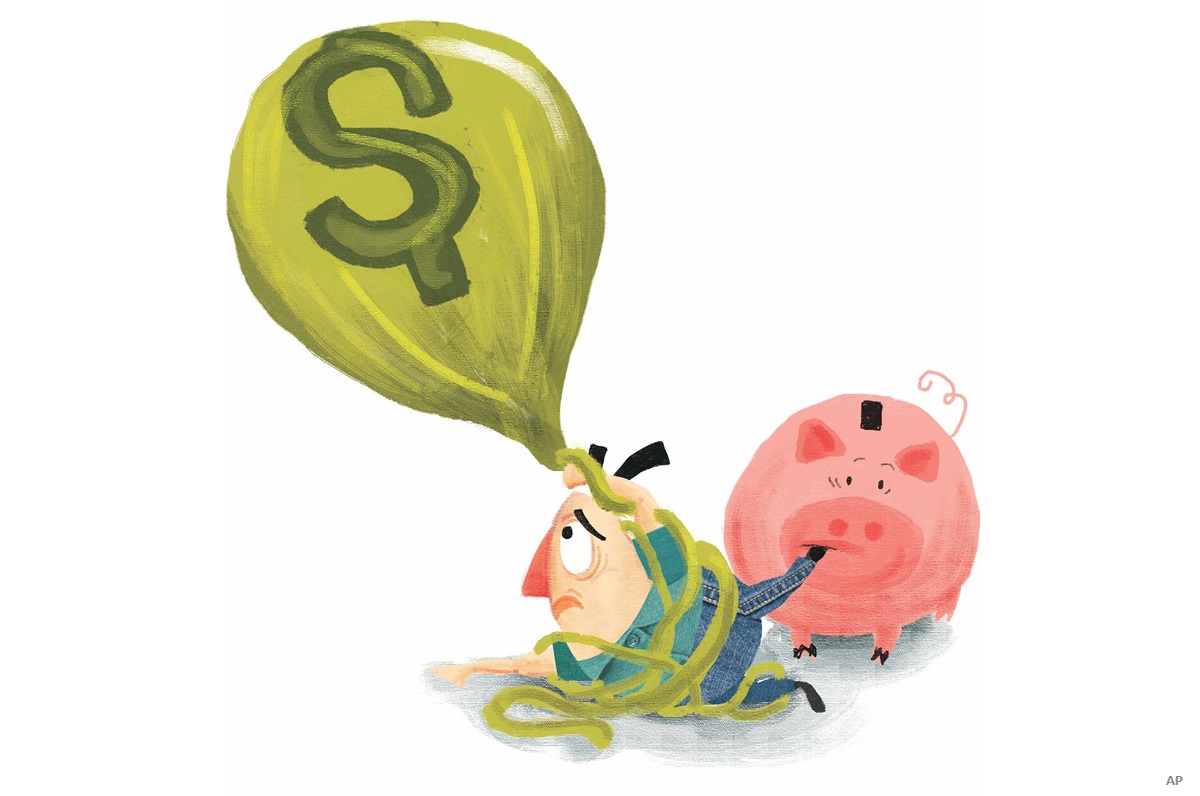Stock markets are characterized by volatility, but gold-rated Beutel Goodman Fundamental Canadian Equity Cl F has managed to smooth the roughness of the ride and still achieve the superior long-term returns offered by equities.
The drop in major market indices in late 2018, their subsequent runup in early 2019, and recent erratic bounciness have seen Pat Palozzi, vice president of Canadian equities and co-manager of the fund, hold firmly to the firm’s disciplined bottom-up process, focusing on industry leading companies, all with a history of healthy cash flow growth, superior capital allocation and the ability to withstand up and down economic cycles.
“Managing risk is critical for us,” says Palozzi, who is also co-manager of gold-rated funds Beutel Goodman Canadian Equity F and Beutel Goodman North American Focused Equity F. “Our focus is on capital preservation. We know the risk/reward scenario for every stock in the portfolio at any given time, and also know the risk/reward profile of the entire portfolio.”
The key is identifying and buying stocks when they are underpriced in relation to their asset value and earnings power, and then reducing positions at the appropriate time. Due to its focus on mature, high quality companies on a steady growth path, the fund’s turnover rate has been relatively low, averaging 10% to 15% per year.
The portfolio is concentrated in about 30 names, though its investable universe includes the top 110 to 120 companies in the S&P/TSX Composite Index. The minimum market capitalization of holdings is about $3.5 billion.
Top holdings such as the Royal Bank of Canada (RY) and the Toronto Dominion Bank (TD) have been portfolio stalwarts for several years. Other holdings are also dominant in their industries, such telecommunications and media firm Rogers Communications (RCI.A) and fertilizer giant Nutrien (NTR).
“The big banks are great franchises, and have been a core part of our portfolio over time,” Palozzi says. “They are high quality businesses that continue to grow cash flow and improve their business models.”
Low portfolio turnover doesn’t mean Palozzi and his fellow team members are on cruise control. They are constantly assessing each company’s ability to grow intrinsic value at above average rates and adapt to market disruption, such as threats posed by evolving technology. They also keep an eye on changing business conditions, economic cycles and big picture events such as trade conflicts, and how those may affect holdings.
Each member of the five-person fund management team is an analyst with specific expertise as well as a portfolio manager, Palozzi says. For example, in addition to his overall portfolio responsibilities, he has the “dual role” of being responsible for research on consumer staples, consumer discretionary and industrial stocks.
“With respect to larger events that could have an impact, such as oil prices or trade issues, we are very much bottom-up, and the analysts responsible for specific sectors would research the potential impact on companies in their area,” he says.
This process allows for the addition of new companies as well as the eviction of those that no longer qualify. For example, the fund totally exited its position in wealth management giant IGM Financial (IGM) in the first quarter of this year. After eying dairy producer Saputo (SAP) for some time, the fund initiated a position last year when its stock price fell into buying range due to near-term concerns about North American free trade issues.
Every company is assessed according to its history, its future potential for growth in revenue, profits and cash flow, and beneficial opportunities for capital allocation, Palozzi says. An upside target price is established, looking three years ahead, as well as a “buy price” and a “downside price” that reflects possible risks. The goal is to buy companies at a one-third discount to business value, and achieve a 50% total return over three years, including dividends and capital gains.
When a stock’s target price is reached, one-third of the position is sold. An updated report is produced and a portion of the holding will stay in the fund if the business case warrants.
For example, this year the fund sold down Quebecor (QBR.B) as the shares reached the team’s target price, but it continues hold a position. A holding will be sold entirely if the desired future growth potential isn’t there.
“Our process reduces volatility and lowers risk,” Palozzi says. “Historically, during market selloffs our portfolio has experienced less downside than the market.”
With a recent dividend yield of 2.9%, dividends are a significant portion of the fund’s return. While dividends are an attractive feature, Palozzi focuses on firms with sufficient cash flow after paying dividends to also invest in growth opportunities, make acquisitions or weather temporary challenges.
Currently, financial services are the largest sector in the fund at around 25% of assets. Relative to its benchmark index, the fund is also overweight in communication services, consumer staples, and consumer discretionary stocks.
In the financial sector, the team has recently been adding incrementally to Sun Life Financial (SLF). Palozzi says the insurance firm has a diversified business mix that spans Canada, the U.S. and Asia, trades at a reasonable valuation and offers a attractive dividend yield of almost 4%. Aside from its large positions in TD and Royal in this sector, the fund has also been adding to Bank of Montreal (BMO).
The team has also been recently adding to food retailer Metro (MRU), moving it into the top 10 holdings from its previous smaller weight. Palozzi says the firm’s stock price hit a soft spot after its acquisition of drugstore chain Jean Coutu Group Inc. a year ago, providing a buying opportunity. Metro has historically been a wise allocator of capital, and has increased its dividend for 23 consecutive years, he says.
























